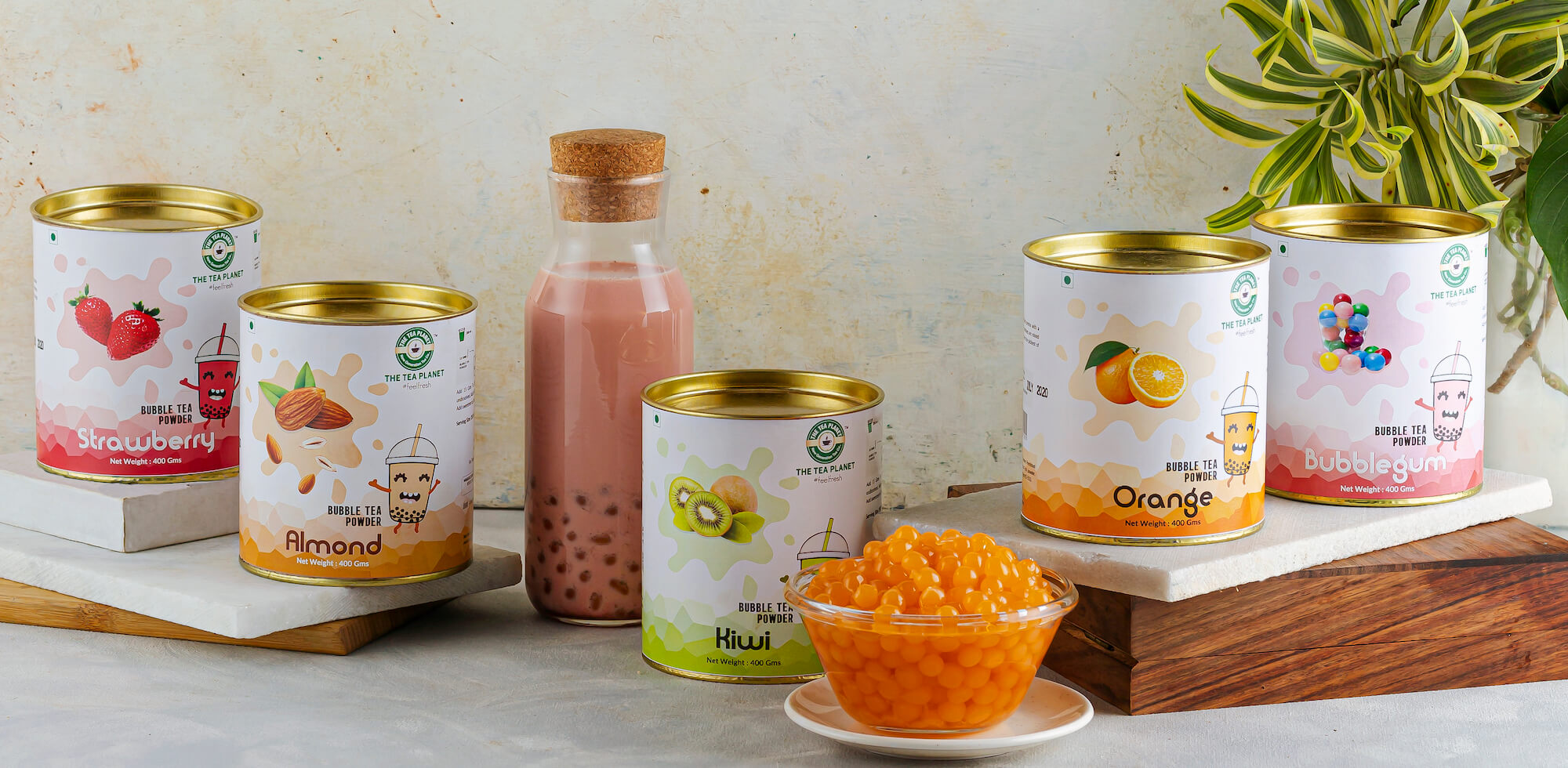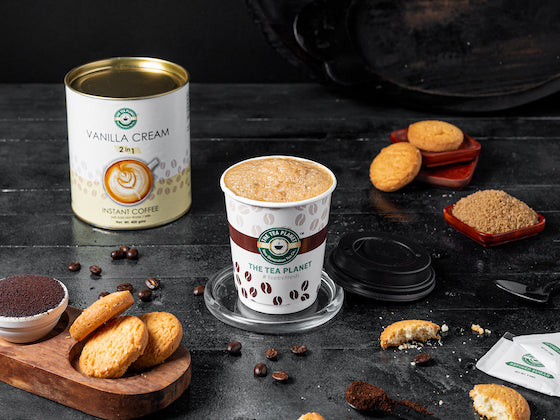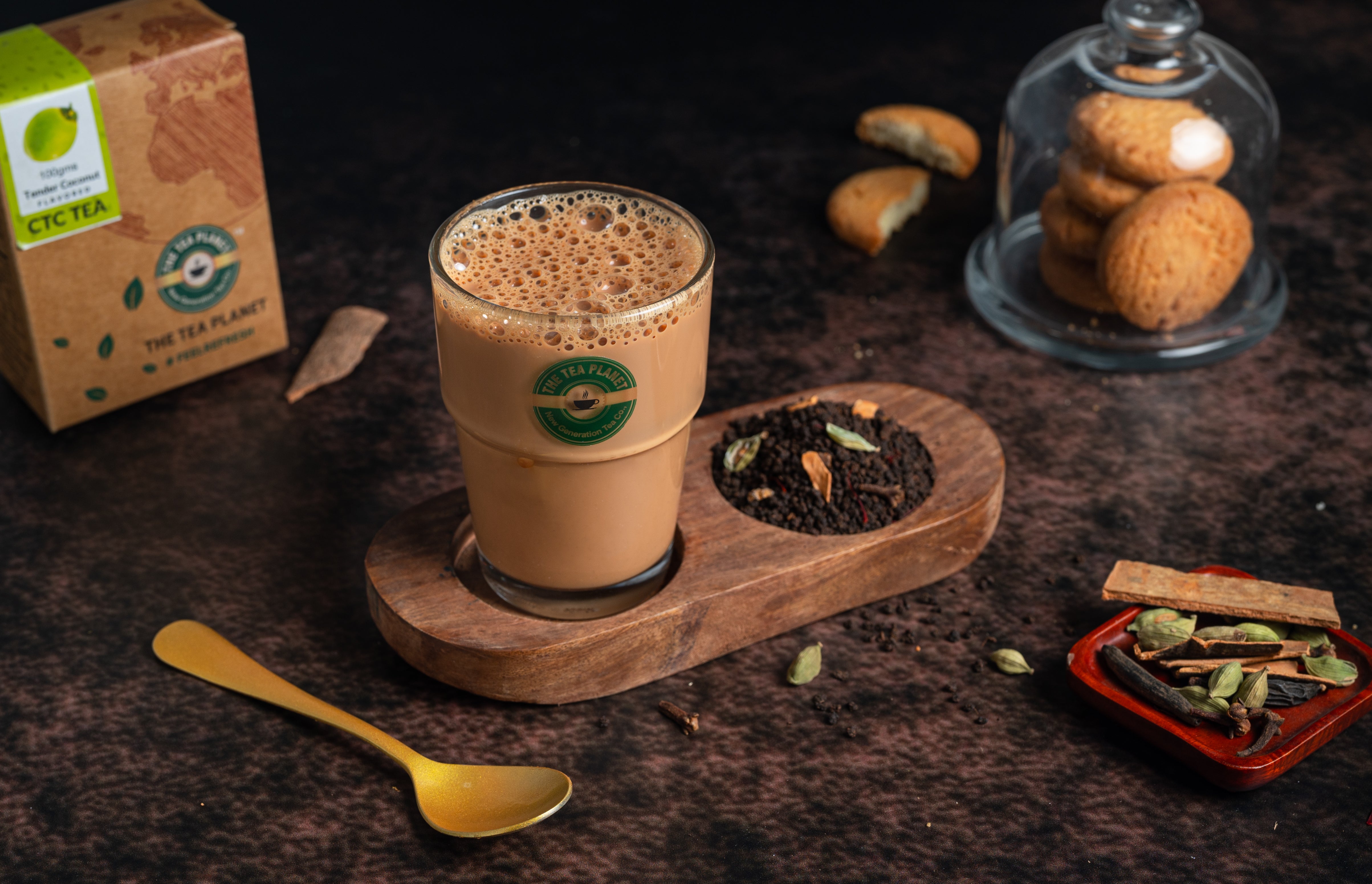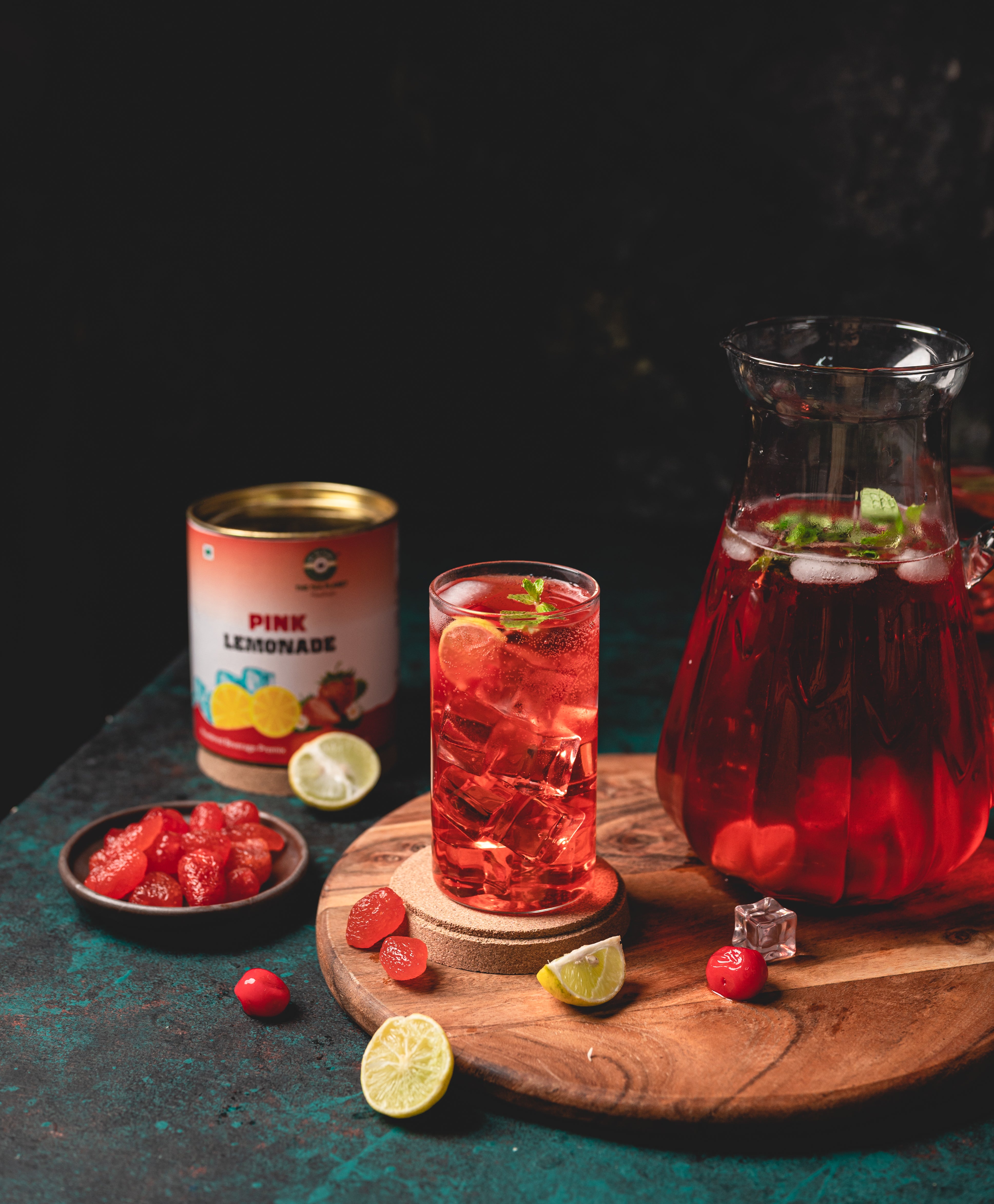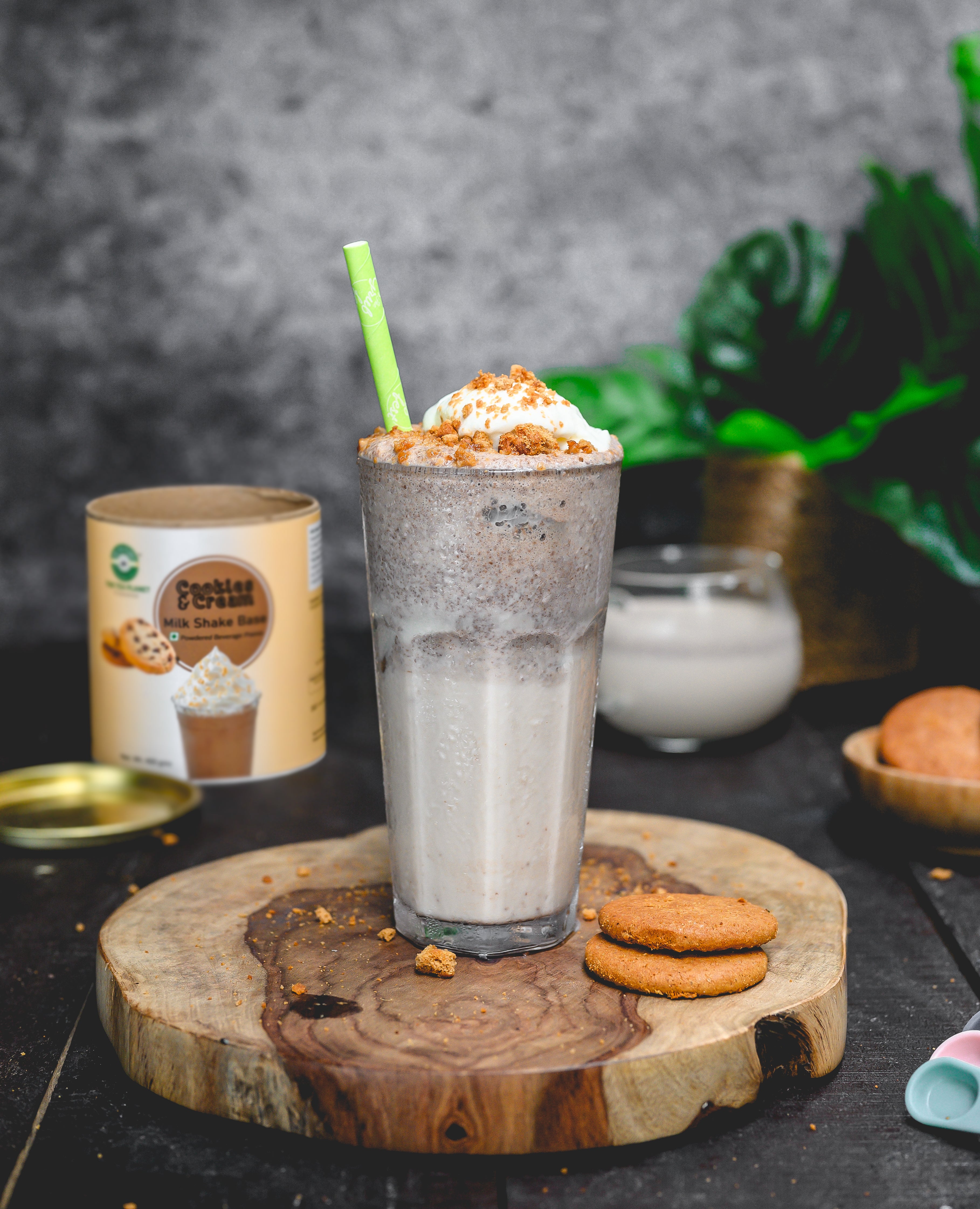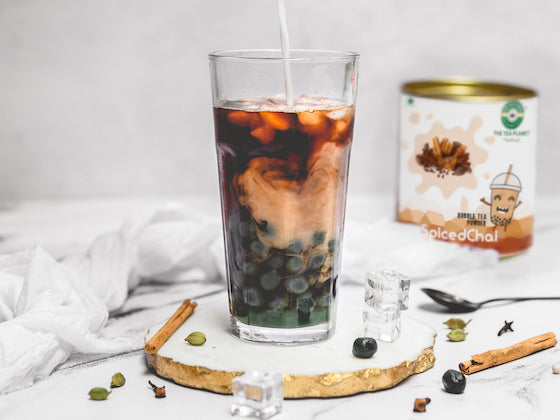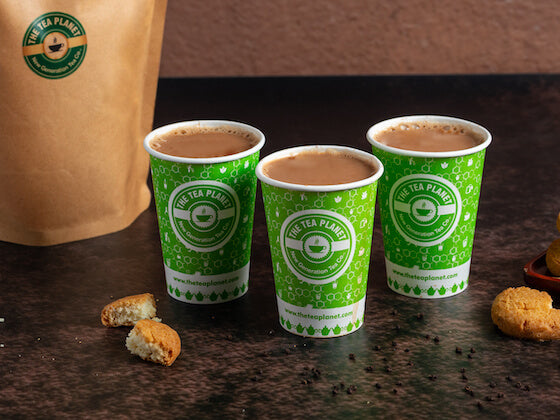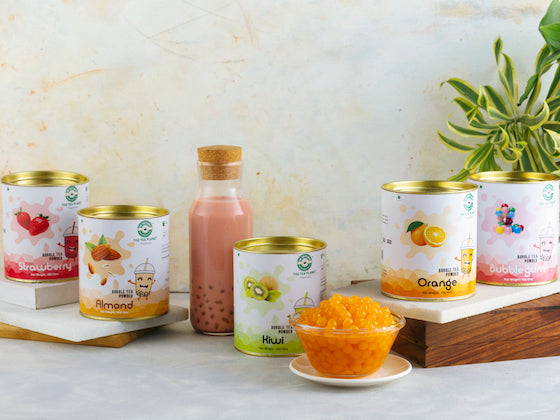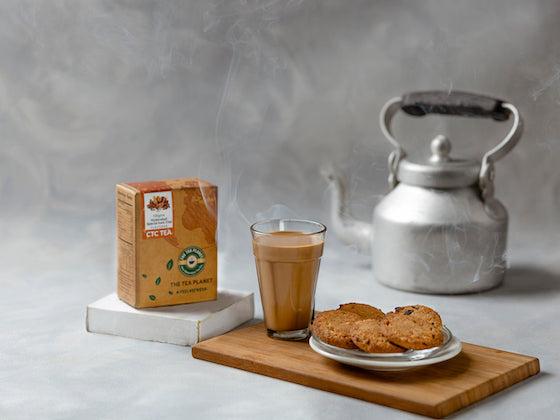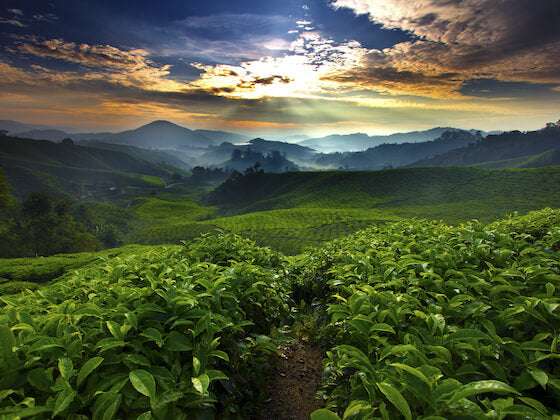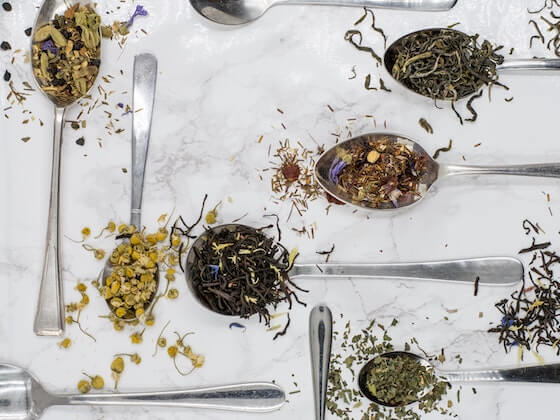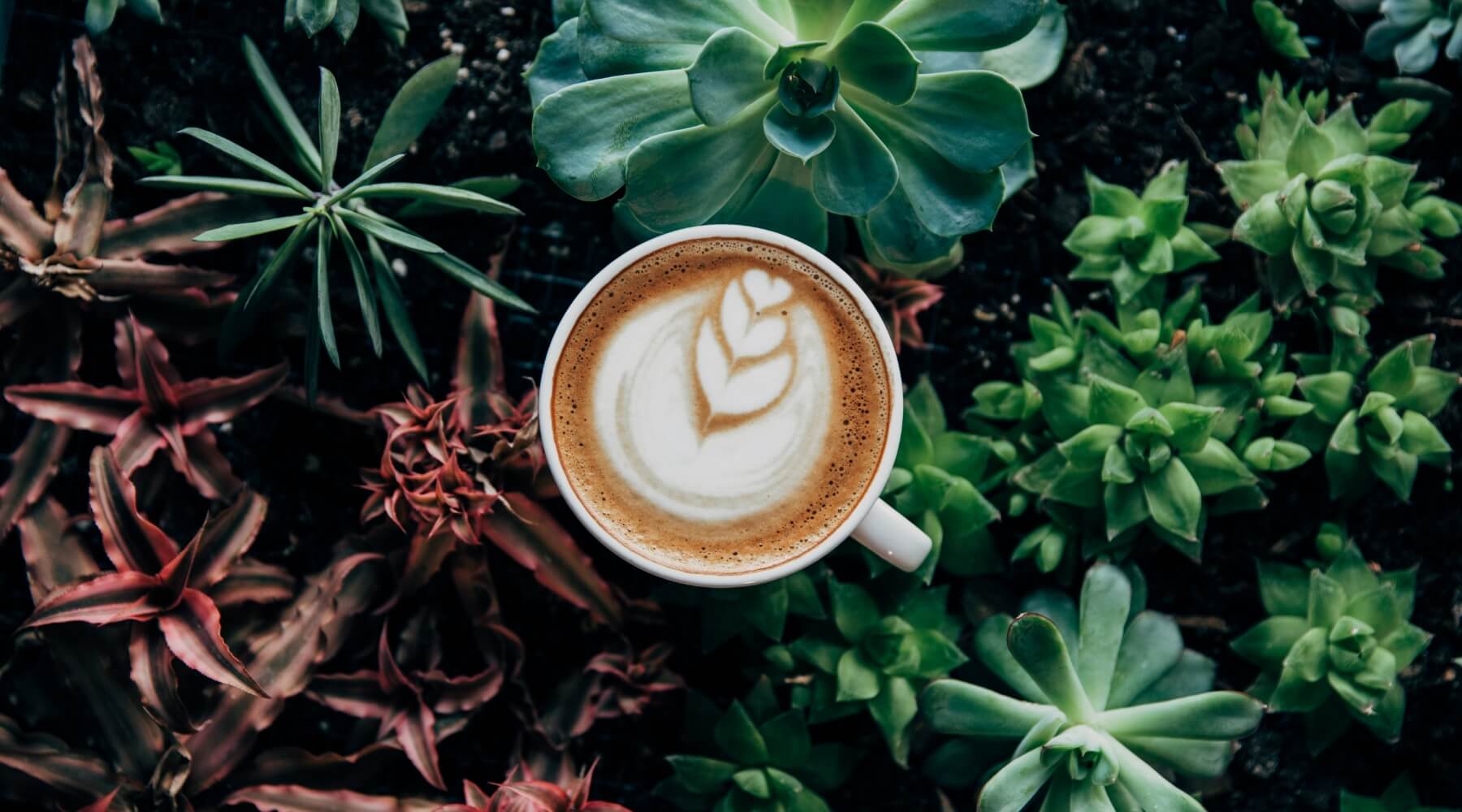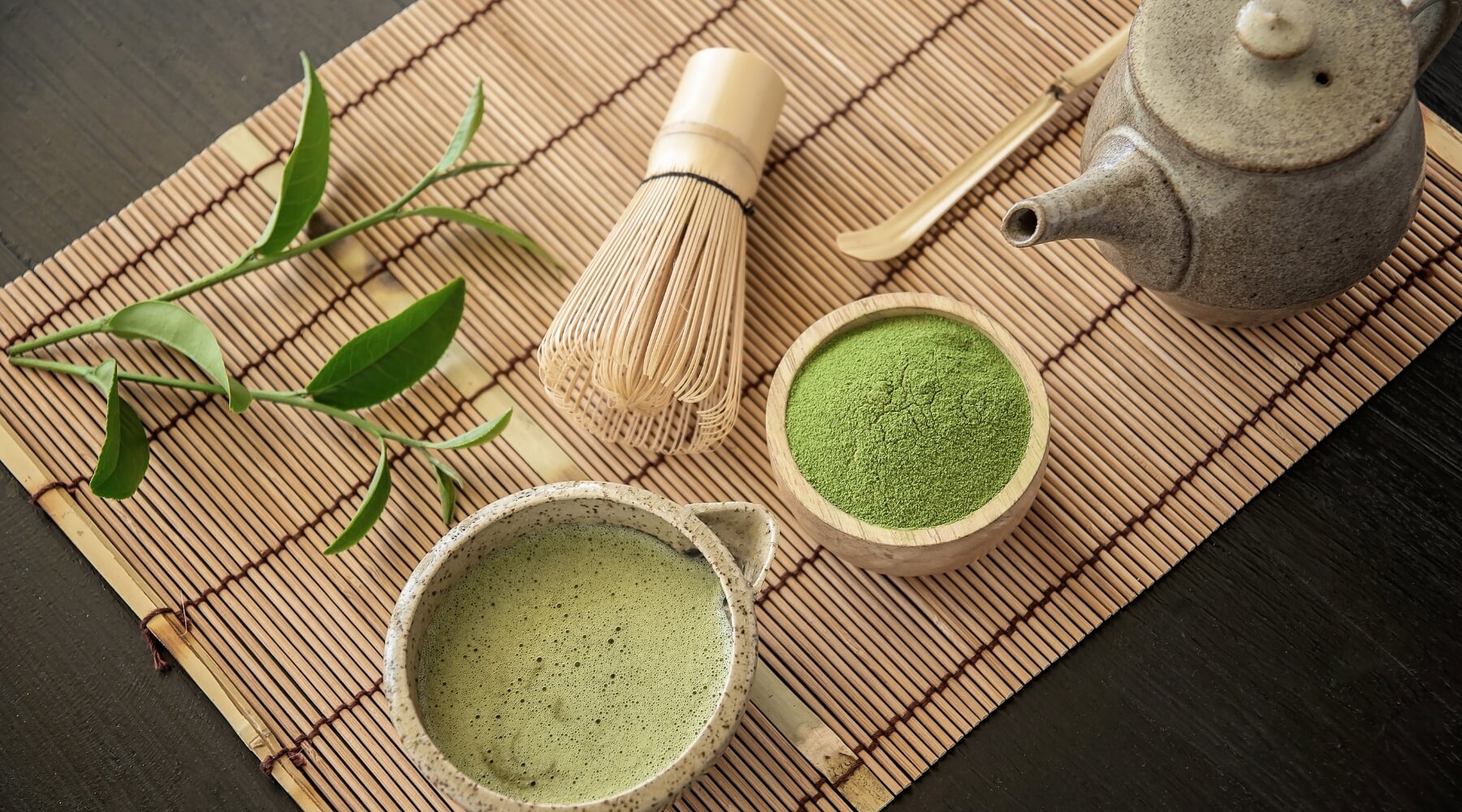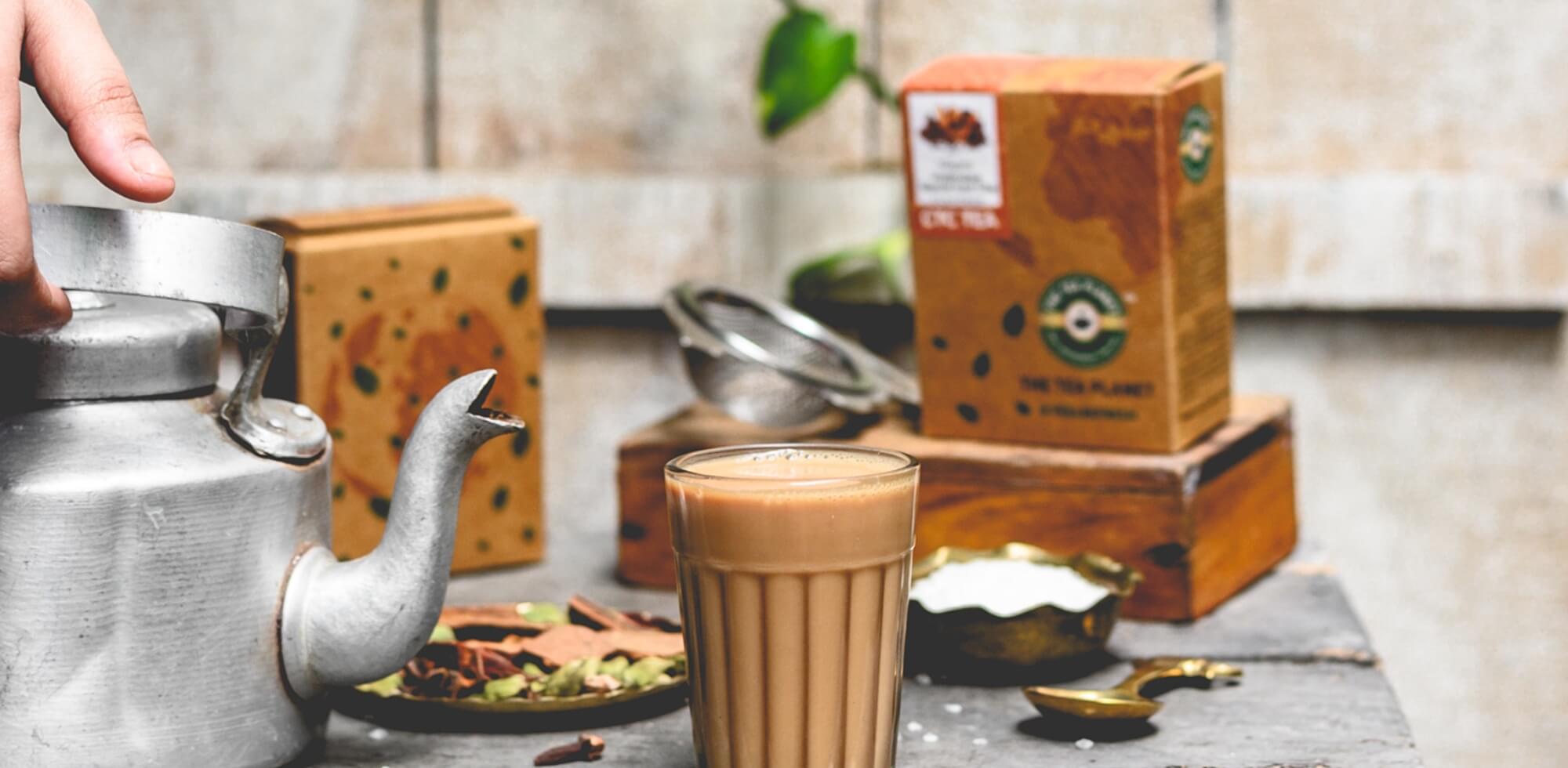Almost everyone who has consumed coffee has had "bitter coffee," and those who do not appreciate coffee might blame it on the "bitterness" of the beverage. Have you ever had a cup of coffee that was bitter? Have you ever tasted a cup of coffee that wasn't bitter?
At each stage of the process, many variables influence the taste of coffee. The term "variables" is used so frequently in industry, from farm to cup, that it becomes a little redundant, yet necessary. To understand what "bitterness" is in coffee and where it comes from, we'll look at a few variables that could be causing it.
Because most people dislike bitter coffee, cream and sugar have traditionally played an important role in coffee consumption. Consider the people who enjoy the aroma of coffee but dislike the taste! It's a genuine phenomenon.
However, there are a few select individuals who enjoy bitter-tasting notes in coffee; fortunately for the rest of us, bitterness in coffee can be avoided. The level of bitterness can vary depending on several factors, and as always, the devil is in the details. Let's go back to the beginning and talk about where the coffee is grown.
You've probably heard of the two main types of coffee beans: Arabica and Robusta. Arabica beans are traditionally considered to be of higher quality. Its properties frequently result in less bitter coffee than Robusta beans. Arabica is frequently superior in taste, which necessitates a higher price.
Robusta is frequently found in lower-cost coffee, which is typically sold in tin cans at your local grocery store and is now commonly used in automatic machines such as Keurig or Nespresso. Robusta coffee is naturally bitterer than Arabica coffee because it contains more bitter compounds such as chlorogenic acid and lactones.
Shades of Coffee
Coffee trees come in a variety of varieties. Gesha, Typica, and Bourbon are just a few of their varieties. There are no varieties that are "more bitter" than others, but there are sweeter plants. Gesha and Bourbon have a higher level of sweetness and are sought after by both coffee buyers and roasters. Coffee experts, particularly in the last couple of decades, have been blown away by the sweetness that can be found in a final cup, to the point where this sometimes puts undue pressure on coffee farmers.
Coffee tree health, soil nutrition, sunlight, and, of course, water are all important considerations. All of these things contribute to the coffee's overall quality.
Coffee cherries are typically harvested in four sections throughout the harvest. The best cherry with the most sweetness is found in the second and third picks. Leaving the lower-quality cherry in the first and fourth picks, which may have some bitterness. Even Mother Nature has her favorites, and you can't argue with her!
Another crucial stage is processing and drying; separating the cherry pulp from the seed is a difficult operation. Many commercial coffee processors utilize efficient processes that remove away part of the sweetness and quality of the finished cup, as you may know, a "delicate process" means it is more expensive. The importance of drying cannot be overstated. Coffee has an appropriate moisture content; if the green coffee becomes too dry, it loses flavor, making it lackluster or unappealing.
Roast of the coffee
Let's move on to something more relatable! The way your coffee is roasted has a significant impact on how it tastes. This is why we take great care in our technique and treat each roast with the respect it deserves.
There is a Maillard reaction that occurs throughout the roasting process. This is a chemical reaction that occurs when amino acids and reducing sugars come into contact, and it is this reaction that causes the coffee to turn brown. This is typically seen in grilled meals like fish and steak!
This means that the longer coffee is roasted, the more sugar is burned out, resulting in a bitter taste. Dark roast coffee is always bitterer than light roast coffee.
Many commercial-grade coffees are over-roasted to disguise other flaws in the bean, resulting in a bitter taste that explains why consumers add cream and sugar to their coffee. It is possible to hide the quality of coffee by over roasting it. If a roaster buys low-quality coffee beans, they might mask the flavor by roasting past the second crack. This is when the beans get extremely greasy and have a chalky texture.
The Brew
Brewing the coffee is the last stage when bitterness can enter the scene. You can travel the world in search of the best coffee, only to be left with a bitter aftertaste! This is where excessive extraction comes into play. Coffee is rated on a scale from sour to bitter, and we're always looking for that sweet spot in the middle that has just the right amount of both to provide a satisfying experience.
When coffee is brewed for too long, the grind size is too fine, or the amount of coffee used is too large, over-extraction occurs. When water is added to coffee, it acts as a solvent, extracting the flavor components. The acids are removed first, followed by the sugars, and finally the bitter chemicals. All three phases are necessary for a pleasant cup of coffee; however, if the third stage exceeds its maximum amount, the cup will be bitter.
Simply stated, numerous factors influence the final flavor of a cup of coffee. The first step in preventing bitter coffee is to choose the right beans. You can always ask your favorite barista or local coffee roaster what coffee beans and blends they recommend. They'd be delighted to assist you in finding your ideal cup of coffee.
And, when in doubt, a pinch of salt may suffice.
Have fun brewing!
